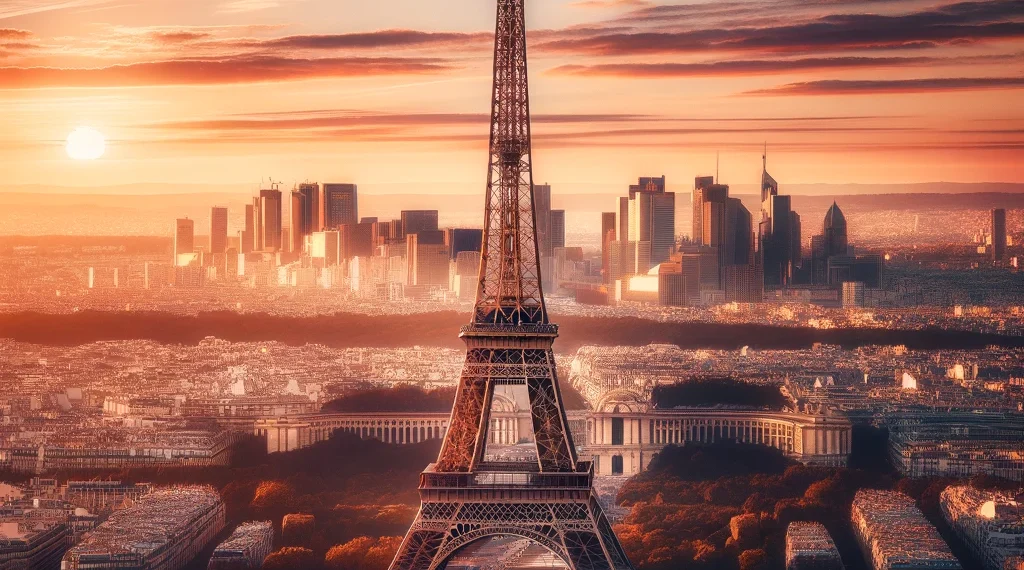10 Amazing Facts About the Eiffel Tower That Will Leave You Speechless
Introduction
The Eiffel Tower, an iconic symbol of France, stands as a testament to human ingenuity and architectural brilliance. This awe-inspiring monument has captured the hearts of millions worldwide, becoming a must-visit destination for travelers and history enthusiasts alike. In this blog post, we will explore ten amazing facts about the Eiffel Tower that will leave you speechless. From its fascinating history to unique visiting tips, we cover it all.
1. The History of the Eiffel Tower
Construction and Design by Gustave Eiffel The Eiffel Tower, named after its designer Gustave Eiffel, was constructed between 1887 and 1889 for the 1889 Exposition Universelle (World’s Fair) held in Paris. Eiffel, a renowned French engineer, faced significant skepticism and opposition from the public and intellectuals who viewed the structure as an eyesore. Despite the initial backlash, the tower’s innovative design and engineering excellence eventually won widespread acclaim.
Purpose Behind Its Construction The primary purpose of the Eiffel Tower was to serve as the entrance arch for the World’s Fair, showcasing France’s industrial prowess on the centennial anniversary of the French Revolution. It was meant to demonstrate the capabilities of modern engineering and was originally intended to be a temporary structure. The tower quickly became a beloved landmark, defying its critics and cementing its place in history.
“I should envy the tower; it has gained more fame than I ever have.” – Gustave Eiffel
2. The Eiffel Tower’s Construction Details
Materials Used in Construction The Eiffel Tower is primarily composed of wrought iron, weighing approximately 10,000 tons. This choice of material was revolutionary at the time, showcasing the potential of iron in large-scale constructions. The iron was sourced from the Pompey forges, located in the Meurthe-et-Moselle region of France.
Engineering Challenges and Solutions One of the significant challenges faced during construction was ensuring the stability of the tower. Eiffel’s team employed innovative techniques, including prefabrication of parts and precise calculations, to achieve the desired strength and flexibility. The use of rivets and the careful alignment of each piece ensured the tower’s structural integrity.
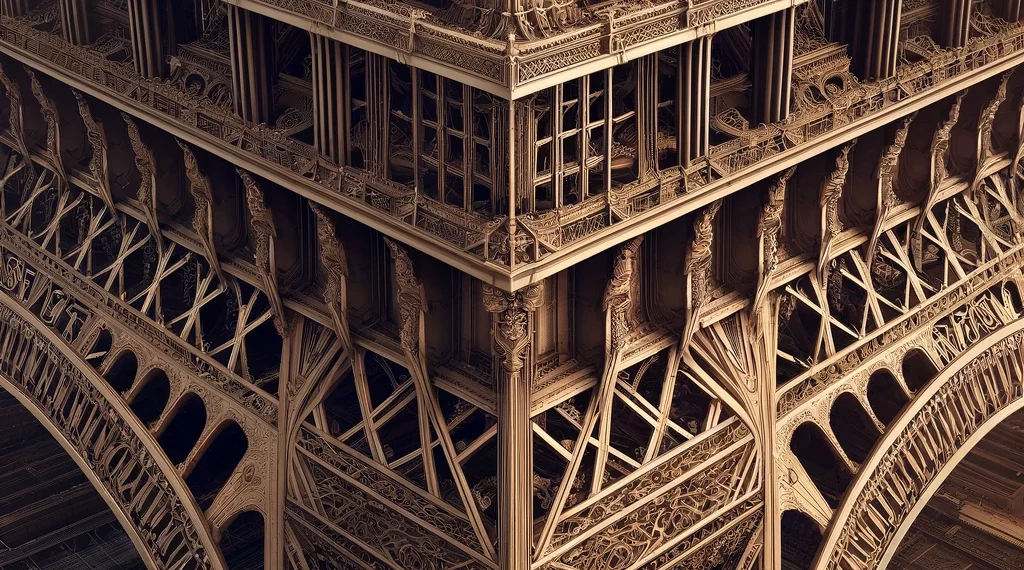
3. Visiting the Eiffel Tower: What to Expect
Different Floors and Their Features The Eiffel Tower has three floors, each offering unique experiences. The first floor features an immersive experience with glass floors, providing a thrilling view of the ground below. Interactive exhibits and a cinema showcasing the tower’s history are also available. The second floor houses the renowned restaurant Le Jules Verne, offering exquisite cuisine with stunning views. The third floor, or the summit, provides a panoramic view of Paris, making it a must-visit for any traveler.
Viewing Decks and Amenities Each floor is equipped with viewing decks that offer breathtaking views of the city. The amenities include gift shops, cafes, and interactive exhibits that enhance the visitor experience. These features ensure that every visit to the Eiffel Tower is memorable and enjoyable.
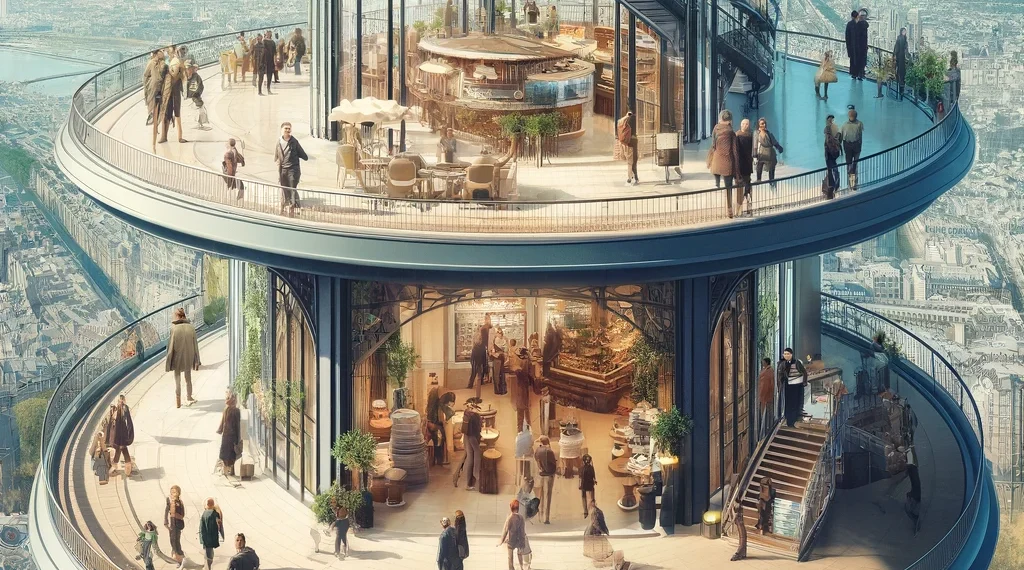
4. How to Obtain Tickets for the Eiffel Tower
Different Types of Tickets Available Visitors can choose from various ticket options, including summit access, second-floor access, and guided tours. Each type of ticket offers a different experience, catering to diverse preferences. Summit access tickets provide the ultimate experience with breathtaking views from the top, while second-floor tickets offer a great balance of views and amenities.
Pricing and Where to Buy Them Ticket prices vary based on the type of access and age of the visitor. For instance, adult summit tickets can range from €25 to €30, while second-floor tickets are slightly cheaper. Tickets can be purchased online through the official Eiffel Tower website or at the ticket counters on-site. It is advisable to book in advance to avoid long queues, especially during peak tourist seasons.
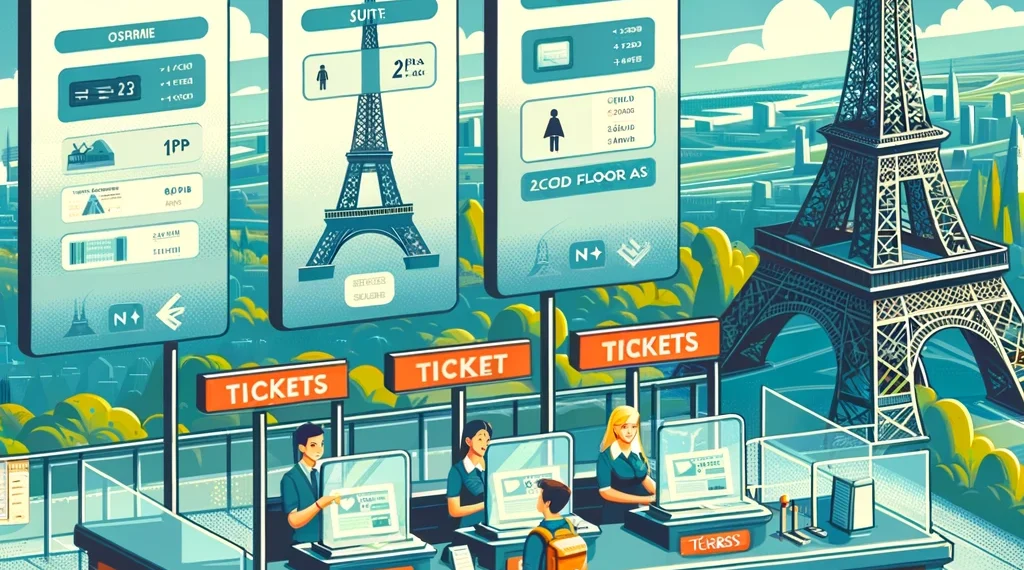
5. The Best Time to Visit the Eiffel Tower
Peak Times vs. Off-Peak Times The Eiffel Tower attracts millions of visitors annually, with peak times during summer and holidays. To avoid long lines and crowded spaces, consider visiting during off-peak times such as early mornings, weekdays, or the winter season. Off-peak visits allow for a more relaxed and enjoyable experience.
Seasonal Considerations Each season offers a unique perspective of the Eiffel Tower. Spring and fall provide pleasant weather, making it ideal for outdoor activities and photography. Winter presents a magical view with the possibility of snow-capped surroundings, adding a festive charm to the visit. Summer, though crowded, allows for extended visiting hours and vibrant evening events.
![]()
6. Unique Experiences at the Eiffel Tower
Dining at the Eiffel Tower Restaurants The Eiffel Tower hosts several dining options, including the Michelin-starred Le Jules Verne on the second floor and the 58 Tour Eiffel on the first floor. These restaurants offer exquisite cuisine with stunning views of Paris, making for a unique dining experience. Due to high demand, it is strongly advised to make reservations in advance.
Special Events and Light Shows The tower is famous for its nightly light show, where thousands of bulbs illuminate the structure in a dazzling display. The light show occurs every hour on the hour after dusk and lasts for about five minutes. Special events, such as Bastille Day fireworks and themed nights, add to the tower’s charm and allure, making each visit unique and memorable.
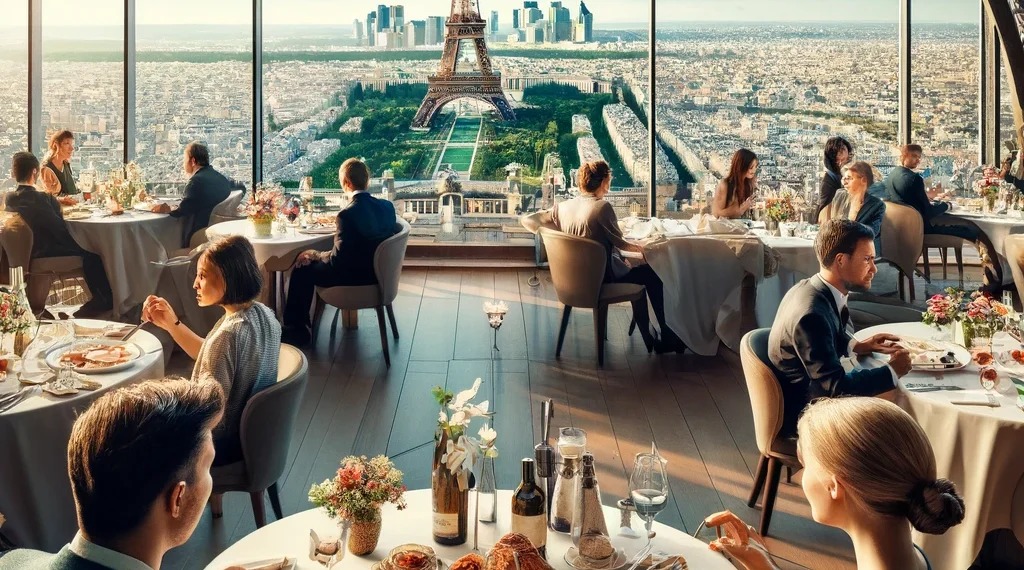
7. Tips for a Memorable Visit
Insider Tips for Avoiding Long Lines To avoid long lines, consider visiting during off-peak hours or booking skip-the-line tickets. Using the stairs instead of the elevator for the first two floors can also save time and provide a unique perspective of the tower’s interior. Additionally, visiting during weekdays or early mornings can help minimize waiting times.
Best Photo Spots Capture the best photos from locations such as Trocadéro Gardens, Champ de Mars, or the banks of the Seine River. Each spot offers a unique perspective of the tower, perfect for memorable snapshots. The Trocadéro Gardens provide a classic view of the tower, while the Champ de Mars offers a more relaxed and open space for photography.

8. Fascinating Facts You Might Not Know
Little-Known Historical Facts Did you know that the Eiffel Tower was almost dismantled after 20 years? It was saved due to its utility as a radiotelegraph station. Another interesting fact is that the tower’s height changes by about 6 inches depending on the temperature due to thermal expansion. These little-known facts add depth to the understanding of the Eiffel Tower’s history and significance.
Fun Trivia and Anecdotes The Eiffel Tower has been repainted approximately every seven years to prevent rusting. It takes about 60 tons of paint to cover the entire structure, ensuring its iconic appearance is maintained. Additionally, the tower has been featured in numerous films and literature, further cementing its status as a cultural icon.
![]()
9. References and Further Reading
- Official Eiffel Tower Website: www.toureiffel.paris
- Historical Insights: Smithsonian Magazine (www.smithsonianmag.com)
- Architectural Details: Architectural Digest (www.architecturaldigest.com)
- Discover Hidden Gems at Zion National Park: Daily Dive Blog (https://dailydiveblog.com/zion- national-park-hidden-gems/)
End Note
The Eiffel Tower continues to captivate visitors with its rich history, architectural brilliance, and breathtaking views. Each visit offers a unique experience, whether you are marveling at its construction, enjoying a meal at one of its restaurants, or simply taking in the panoramic views of Paris. The tower stands as a testament to human innovation and creativity, embodying the spirit of adventure and discovery.



















